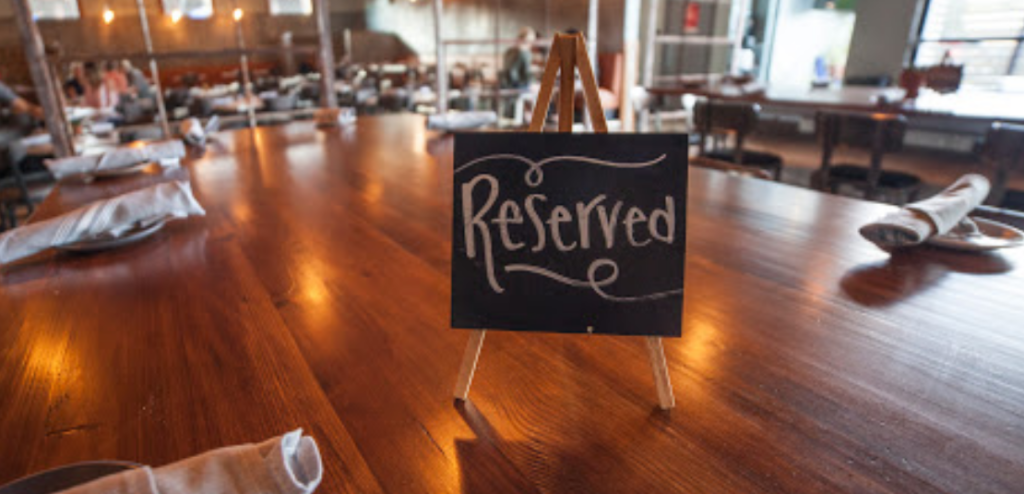Options for Your Symposium Evenings!
The fun continues after dark with an offering of optional symposium events! These events require an additional fee or an RSVP selected during your registration as specified below. Questions? Contact admin-assist@npsot.org

Thursday Evening Reception: Downtown Social
Join us at Downtown Social for a fun welcome reception Thursday, October 10, from 5 p.m. to 7 p.m. Downtown Social, located in downtown New Braunfels a few blocks away from the New Braunfels Civic & Convention Center, will be the site of the site of the Thursday evening reception (at 386 W San Antonio St, New Braunfels, TX 78130). We will provide a wide variety of appetizers, fun, and even a few prizes. Cash bar is available. In addition, it’s an opportunity to pick up your registration packet early and avoid Friday morning lines at the Civic Center. Downtown Social is known for tasty food and fun games in a spacious, air-conditioned location in vibrant, charming downtown New Braunfels. This evening will be a great kickoff to the 2024 Fall Symposium. Plan to see many old friends and meet new friends!
Cost: Free
RSVP Required: Open to symposium registrants who RSVP on their registration form
Maximum Number of Attendees: 250
Friday Evening Special Event: Bracken Bat Cave Night Flight
Address: 7515 Bracken Cave Road, San Antonio, 78266
21.5 Miles/35 Minutes
Description:
While the standard Night Flight event period ends in September due to shorter days, Bat Conservation International (BCI) will conduct a special Night Flight for a limited number of Fall Symposium attendees on Friday evening. Advanced reservations are required through Symposium registration add-on; no day of event sales.
Bracken Cave is a maternity roost each year for Mexican free-tailed bats (Tadarida brasiliensis). The cave becomes the home of more than 15 million bats as the mothers and their now flying pups take to the sky each night, making it the world’s largest bat colony and one of the largest concentrations of mammals on earth. The emergence of these millions of bats, as they spiral out of the cave at dusk for their nightly insect hunt, is an unforgettable sight. Access inside the cave is not permitted to protect the bats from disease or disruption of the colony. Attendees will have great view opportunities just outside the cave.
Note: If an attendee registers for both the afternoon Bracken Cave Field Trip and the Night Flight event, they will have to leave the preserve after completing the field trip and return when the gate opens for the Night Flight. During this time away from the preserve, registrants can take the opportunity to visit Natural Bridge Caverns next door or eat at Garden Ridge.
Links
Bracken Cave: https://www.batcon.org/see-bats-live/visit-bracken-cave-preserve/
Webcam: https://www.batcon.org/experience-bats/tbat-channel/
Natural Bridge Cavern:
Event Leader: Bracken Cave Preserve Volunteers
Difficulty: Moderate; rough and uneven terrain
Wheelchair/ADA Accessible: No
Gate opens for those registered: 6 PM
Gate Closes and not further entry: 6:15 PM
Sunset: 7:06 PM
Experience Ends: 8:00PM
Estimated Duration: 2 Hrs
Maximum Number of Attendees: 60
Facilities: Yes
Fee: $10.00
Registration Required: Select this add-on event during symposium registration if desired.
Saturday Evening Event: 2024 Awards Banquet
Every year the Native Plant Society of Texas recognizes organizations and individuals that advance our mission. Their work will be honored during our 2024 Symposium at a Banquet Dinner on Saturday, October 13th. Hear the stories of extraordinary people from all over Texas who have done wonderful things that champion our mission. The Annual Awards Banquet on Saturday event will include dinner with a cash bar, and announcement of our 2024 Memorial and President’s awardees, Benny Simpson Fellow honorees, and Photo, Video, and Newsletter Contest Winners . The evening is a fun and exciting event that we hope you will attend. Check the event schedule for event timing!
Fee: TBD
Registration Required: Select this add-on event during symposium registration if desired
Maximum Number of Attendees: 300



